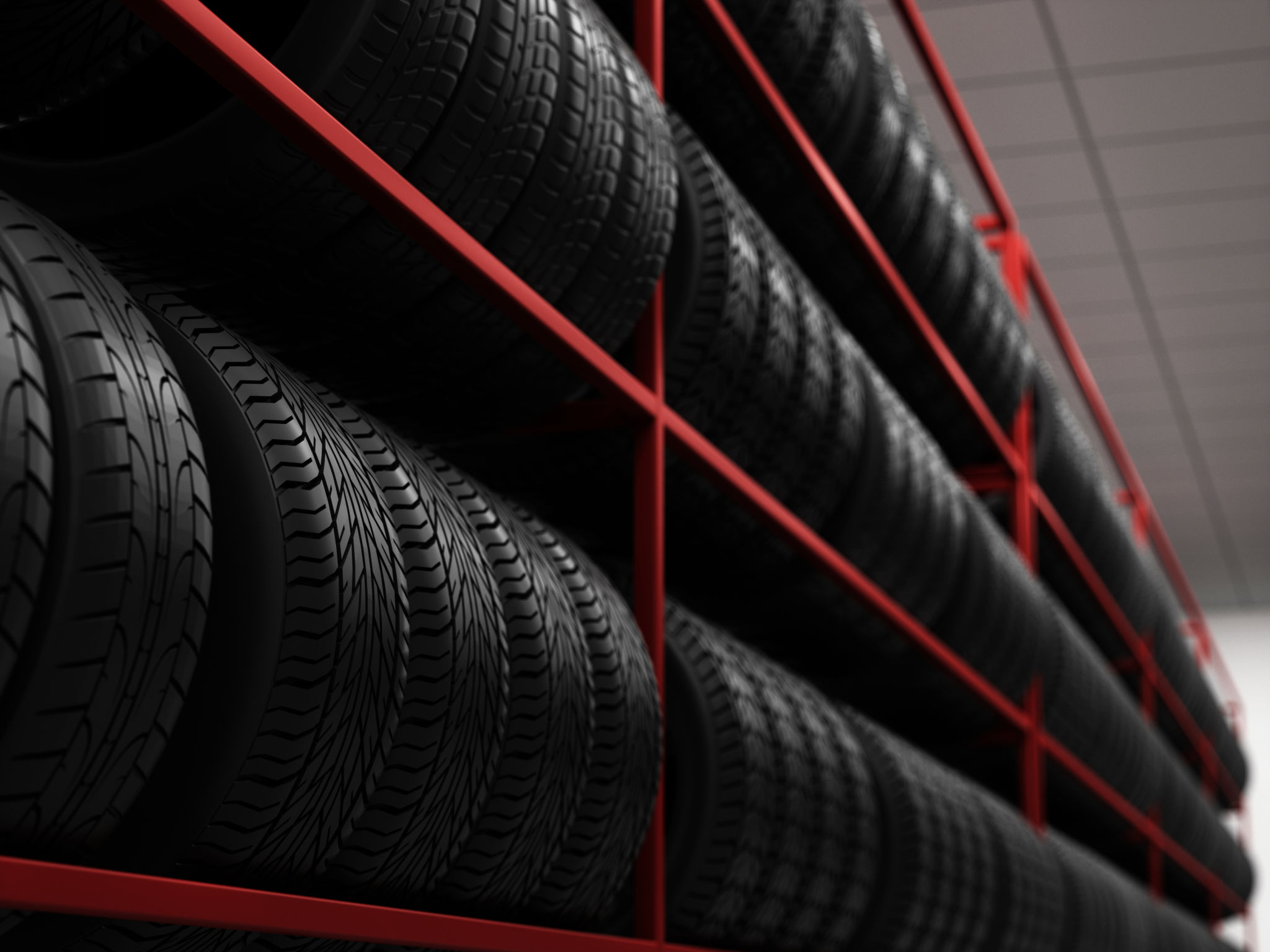Myths About Wheel Alignment: What Every Driver Should Know
Understanding Wheel Alignment
Wheel alignment is a crucial aspect of vehicle maintenance that often gets overlooked. Proper alignment ensures that your car handles correctly, extends the life of your tires, and improves fuel efficiency. However, several myths about wheel alignment can lead to misconceptions. In this blog post, we'll debunk these myths and provide you with accurate information.

Myth 1: Wheel Alignment is Only Necessary When You Get New Tires
One common misconception is that wheel alignment is only needed when installing new tires. While it's true that alignment is important after getting new tires, it's also crucial to check alignment if you notice uneven tire wear, pulling to one side, or a crooked steering wheel. Regular alignment checks can prevent these issues from becoming costly problems.
The Importance of Regular Checks
Experts recommend having your wheel alignment checked every 6,000 miles or at least once a year. This ensures your vehicle remains in top condition and can help you avoid unnecessary repairs. Regular checks can also improve your vehicle’s overall performance and safety.
Myth 2: Wheel Alignment and Wheel Balancing Are the Same Thing
Many drivers confuse wheel alignment with wheel balancing, but they are distinct processes. Wheel alignment involves adjusting the angles of the wheels to the manufacturer's specifications, affecting how your car steers and handles. Wheel balancing, on the other hand, corrects the weight distribution of the tire and wheel assembly, addressing vibrations at high speeds.

How to Tell the Difference
If you experience vibrations while driving, it's likely a balancing issue. However, if your vehicle pulls to one side or your steering wheel isn't straight, it may be an alignment problem. Understanding these differences can help you communicate more effectively with your mechanic.
Myth 3: Alignment Is Unnecessary for Older Cars
Some drivers believe that older cars do not require regular alignment checks. In reality, older vehicles may need more frequent attention due to worn suspension components. Regular alignment can prevent further wear and tear on these parts, potentially saving you money in the long run.

The Benefits for Older Vehicles
Ensuring proper alignment in older cars can enhance driving comfort and safety, as well as extend the lifespan of the tires and suspension components. Investing in regular maintenance checks is always a wise decision for any vehicle.
Conclusion: Prioritize Your Vehicle's Health
Dispelling these myths about wheel alignment helps drivers make informed decisions about their vehicle's maintenance. By understanding the importance of regular alignment checks, you can ensure better performance, safety, and longevity for your car. Remember, staying informed is the first step toward responsible vehicle ownership.